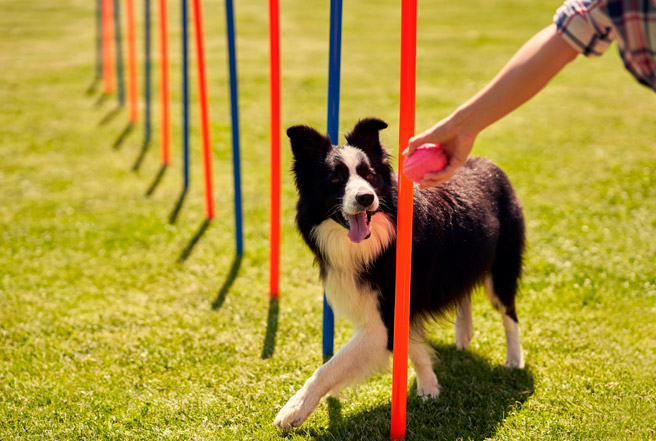Changing seasons, changing your dog’s diet
Written by Zoe Russell, BSc (Hons)
Nutrition Officer, Skinner’s
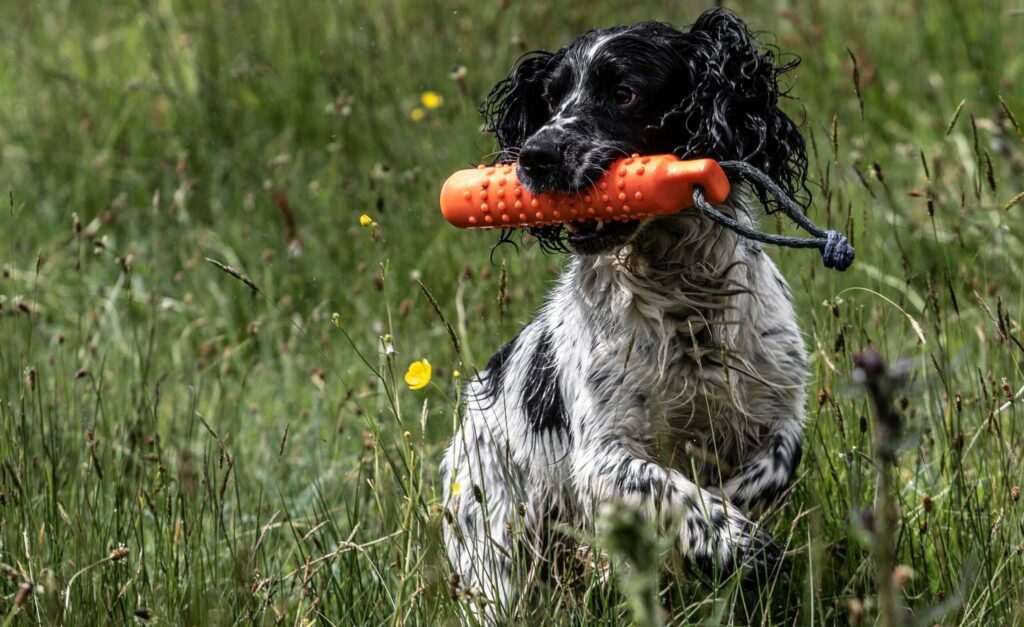
As the seasons change, so do our diets. The temperature, the weather and our activity level will often impact on what we eat and how much we eat. This principle can be applied to our dog’s diets too; as their diet in the summer is likely to be quite different compared to their diet in the winter. Variables such as the temperature and how active a dog is will be influential factors that drive dietary changes throughout the year.
Spring
For some dogs, as the season draws to a close it’s time for rest. Historically, dogs may have been kennelled during this time, meaning their energy demands dropped significantly. Allowing a dog to rest after an intense season can be a good idea, as it’s a way to both reward them and allow their body to repair and regenerate. Depending on the dog, the close season combined with reduced intensity, frequency and duration of activity often means that fewer calories are needed. There is not the same demand for key nutrients like fat and protein either, so a diet with reduced levels of nutrients might be useful. A diet traditionally recommended out of season is the Field & Trial Maintenance as it has been developed with a lower level of protein and fat to support lower energy output and to minimise the likelihood of weight gain.
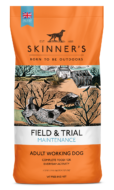
Maintenance
Perfectly formulated for everyday activity.
£8.10 – £28.49
Summer
As the weather warms up, your dog will be using less energy to keep warm and may be spending more time resting in the shade to get away from the sun. As long as they are maintaining a healthy weight and condition, then there may be no immediate reason to make any dietary changes. As with any time of year (but especially in the summer) make sure your dog has constant access to fresh clean water so they can stay hydrated. Try to limit their exercise during the day by walking them early in the morning and late in the evening if it’s cool enough. You may find your dog also has a smaller appetite during the summer, which is not uncommon to see during the warmer months, because they need less energy to keep themselves warm with warmer outdoor temperatures.
Autumn
As we head into autumn, you should already be starting to adjust your dog’s activity levels in preparation for the working season ahead. This means looking at the frequency, duration and intensity of their activity so they are ready and fit to work. Throughout the summer, your dog may have stayed on their usual ‘out of season’ diet, but as their energy demands increase, you may start to see their weight dropping off. If they start to drop weight on their current daily intake, then you can increase this by 10-20%, while regularly monitoring their weight and condition. If you find this continues to drop then it may be time to take a step-up with their food to a diet designed for the season, such as the Working 23 or Working 26. By making dietary adjustments in advance, we can give our dogs the best start before the season gets well underway.
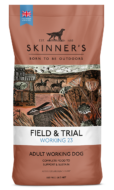
Working 23
Perfect balance For active dogs
£8.10 – £28.49
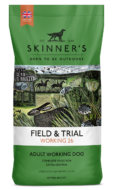
Working 26
Perfect balance for performance and health.
£8.10 – £32.39
Winter
Colder temperatures, harsher weather and shorter days can only mean one thing… winter! For many dogs, this time of year brings with it an increased workload, as the working season is in full swing. As with any time of year, it’s important to keep a close eye on your dog’s weight and condition, so you are prepared to make any dietary adjustments should you need to. For example, if your dog is working in cold, harsh conditions, then they may start to run quite lean and drop that weight they previously maintained in the warmer months. At this stage you may need to increase their daily intake by 10-20% and monitor again, just like you did in the Autumn. However, if you need to feed significantly over the feeding guidelines to maintain a healthy weight and condition, or you find their stools loosen the more you feed, then it may be beneficial moving onto a more energy-dense diet such as the Working 30. This diet has a higher provision of key nutrients such as protein to support muscle integrity, as well as fat which dogs will preferentially use as a source of energy.
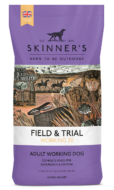
Working 30
Higher in protein & fat for endurance and stamina.
£9.30 – £41.79
Contact us
If you still aren’t sure which is the right diet for your dog, then please contact our nutrition team at nutritionsupport@skinners.co.uk and we would be more than happy to help.


